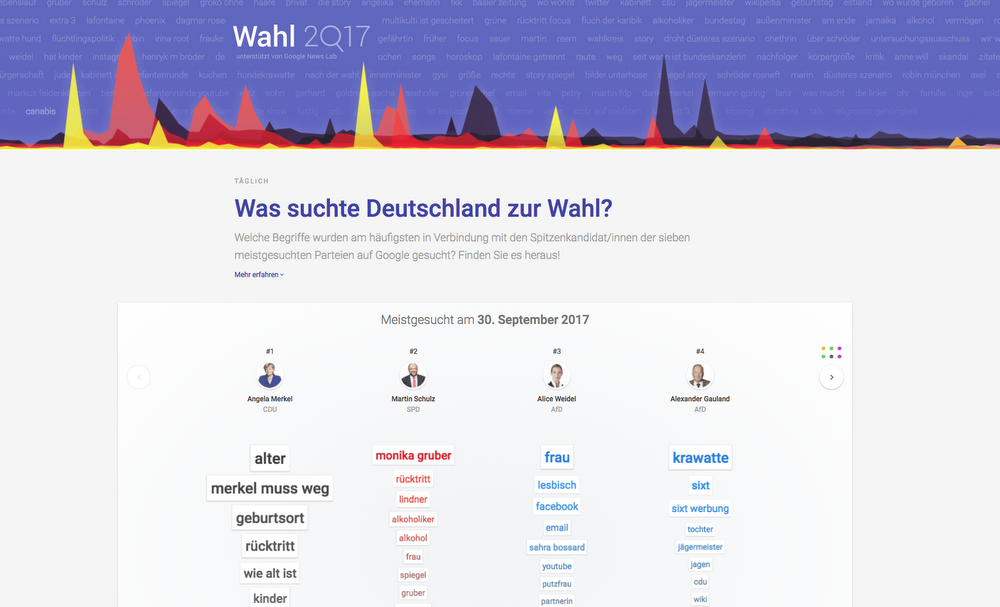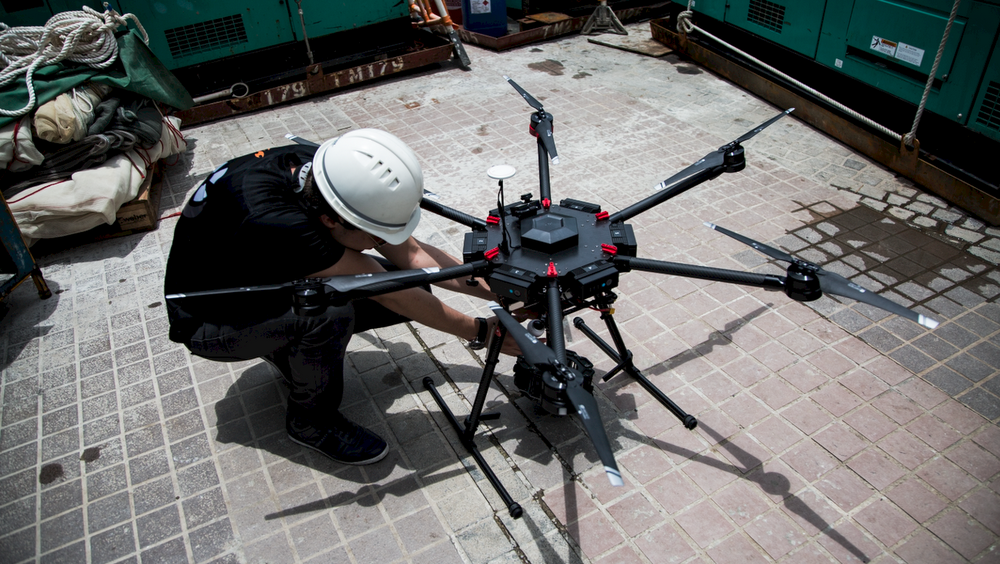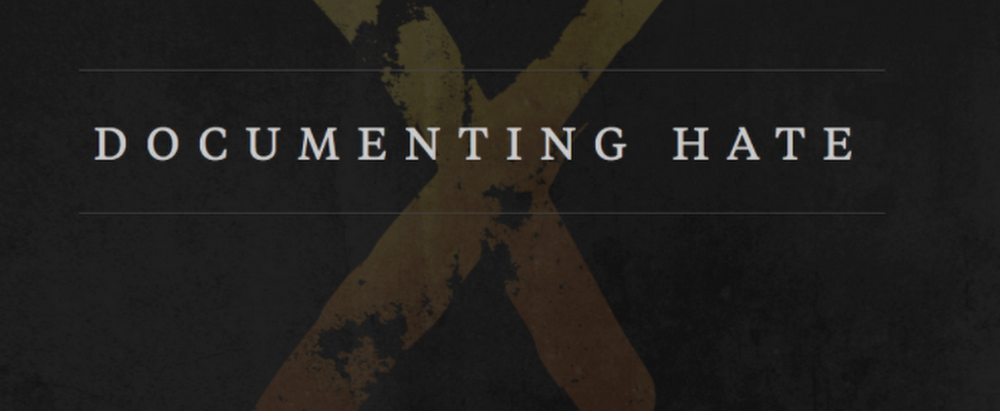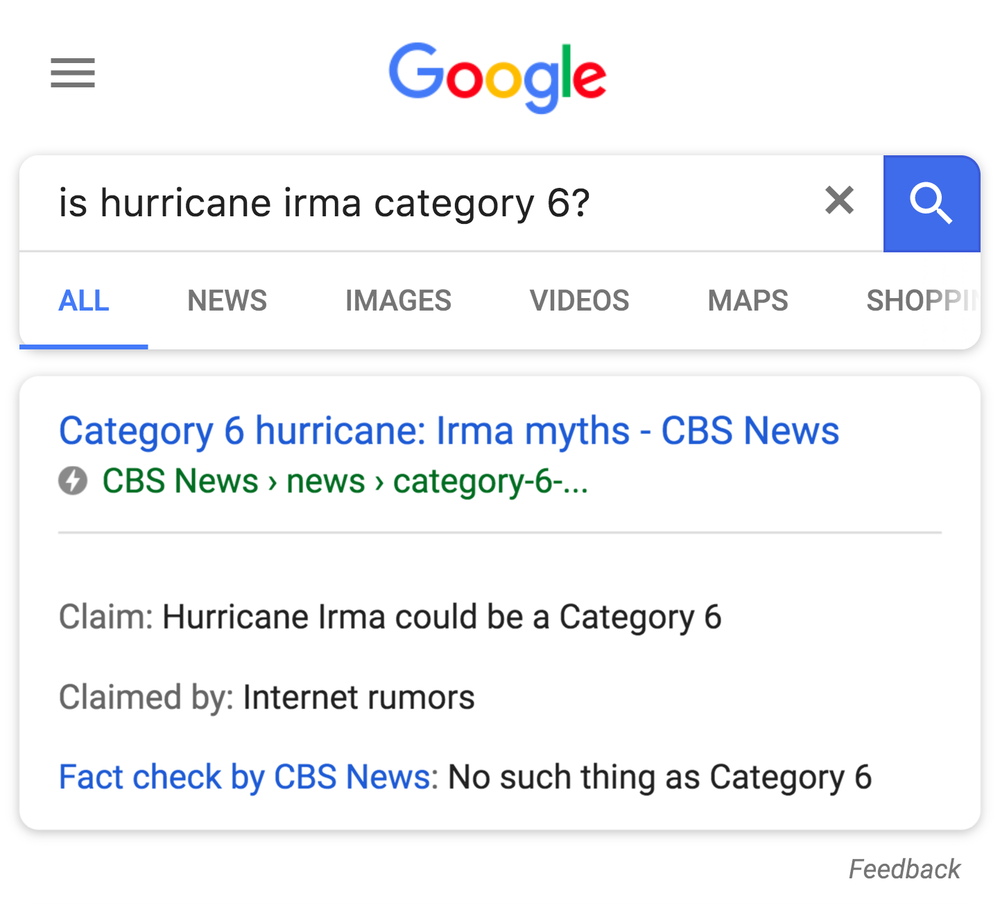This week we’re looking at the ways the Google News Lab is working with news organizations to build the future of journalism. Yesterday, we learned about how the News Lab works with newsrooms to address industry challenges. Today, we’ll take a look at how it helps the news industry take advantage of new technologies.
From Edward R. Murrow’s legendary radio broadcasts during World War II to smartphones chronicling every beat of the Arab Spring, technology has had a profound impact on how stories are discovered, told, and reach new audiences. With the pace of innovation quickening, it’s essential that news organizations understand and take advantage of today’s emerging technologies. So one of the roles of the Google News Lab is to help newsrooms and journalists learn how to put new technologies to use to shape their reporting.
This past year, our programs, trainings and research gave journalists around the world the opportunity to experiment with three important technologies: data journalism, immersive tools like VR, AR and drones, and artificial intelligence (AI) and machine learning (ML).
Data journalism
The availability of data has had a profound impact on journalism, fueling powerful reporting, making complicated stories easier to understand, and providing readers with actionable real-time data. To inform our work in this space, this year we commissioned a study on the state of data journalism. The research found that data journalism is increasingly mainstream, with 51 percent of news organizations across the U.S. and Europe now having a dedicated data journalist.Our efforts to help this growing class of journalists focuses on two areas: curating Google data to fuel newsrooms’ work and building tools to make data journalism accessible.
On the curation side, we work with some of the world’s top data visualists to inspire the industry with data visualizations like Inaugurate and a Year in Language. We're particularly focused on ensuring news organizations can benefit from Google Trends data in important moments like elections. For example, we launched a Google Trends election hub for the German elections, highlighting Search interest in top political issues and parties, and worked with renowned data designer Moritz Stefaner to build a unique visualization to showcase the potential of the data to inform election coverage across European newsrooms.

We’re also building tools that can help make data journalism accessible to more newsrooms. We expanded Tilegrams, a tool to create hexagon maps and other cartograms more easily, to support Germany and France in the runup to the elections in both countries. And we partnered with the data visualization design team Kiln to make Flourish, a tool that offers complex visualization templates, freely available to newsrooms and journalists.
Immersive storytelling
As new mediums of storytelling emerge, new techniques and ideas need to be developed and refined to untap the potential of these technologies for journalists. This year, we focused on two technologies that are making storytelling in journalism more compelling: virtual reality and drones.Virtual reality
We kicked off the year by commissioning a research study to provide news organizations a better sense of how to use VR in journalism. The study found, for instance, that VR is better suited to convey an emotional impression rather than information. We looked to build on those insights by helping news organizations like Euronews and the South China Morning Post experiment with VR to create stories. And we documented best practices and learnings to share with the broader community.
We also looked to strengthen the ecosystem for VR journalism by growing Journalism 360, a group of news industry experts, practitioners and journalists dedicated to empowering experimentation in VR journalism. In 2017, J360 hosted in-person trainings on using VR in journalism from London to Austin, Hong Kong to Berlin. Alongside the Knight Foundation and the Online News Association, we provided $250,000 in grants for projects to advance the field of immersive storytelling.
Drones
The recent relaxation of regulations by the Federal Aviation Administration around drones made drones more accessible to newsrooms across the U.S., leading to growing interest in drone journalism. Alongside the Poynter Institute and the National Press Photographers Association, we hosted four drone journalism camps across America where more than 300 journalists and photographers learned about legal, ethical and aeronautical issues of drone journalism. The camps helped inspire the use of drones in local and national news stories. Following the camps, we also hosted a leadership summit, where newsroom leaders convened to discuss key challenges on how to work together to grow this emerging field of journalism.

Artificial intelligence
We want to help newsroom better understand and use artificial intelligence (AI), a technological development that hold tremendous promise—but also many unanswered questions. To try to get to some of the answers, we convened CTOs from the New York Times and the Associated Press to our New York office to talk about the future of AI in journalism and the challenges and opportunities it presents for newsrooms.We also launched an experimental project with ProPublica, Documenting Hate, which uses AI to generate a national database for hate crime and bias incidents. Hate crimes in America have historically been difficult to track since there is very little official data collected at the national level. By using AI, news organizations are able to close some of the gaps in the data and begin building a national database.

Finally, to ensure fairness and inclusivity in the way AI is developed and applied, we partnered with MediaShift on a Diversifying AI hackathon. The event, which convened 45 women from across the U.S., focused on coming up with solutions that help bridge gaps between AI and media.
2018 will no doubt bring more opportunity for journalists to innovate using technology. We’d love to hear from journalists about what technologies we can make more accessible and what kinds of programs or hackathons you’d like to see—let us know.
